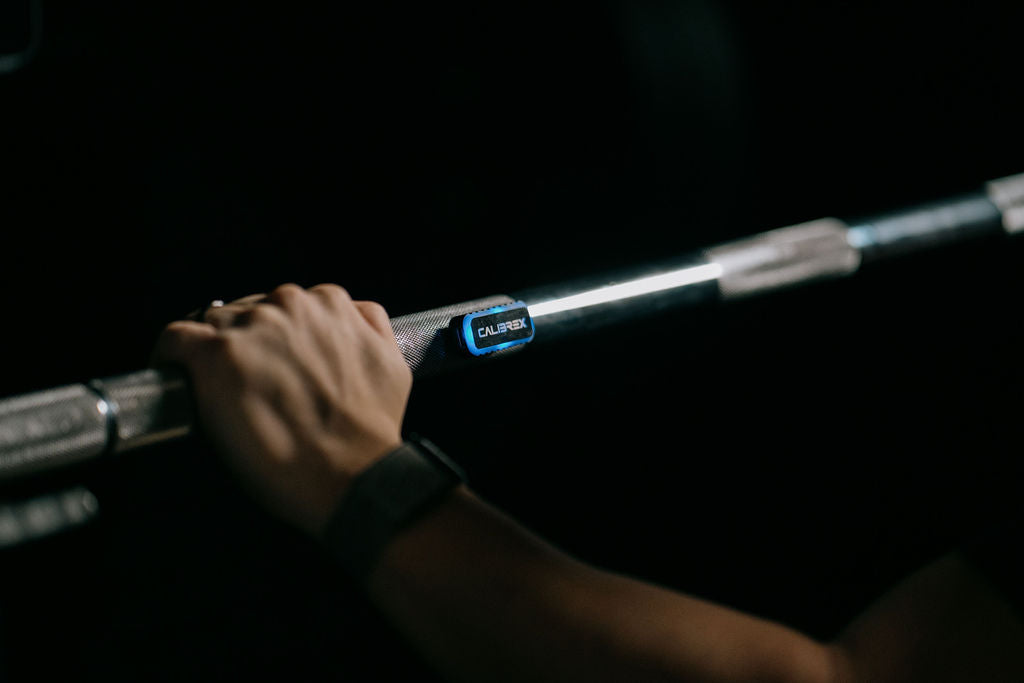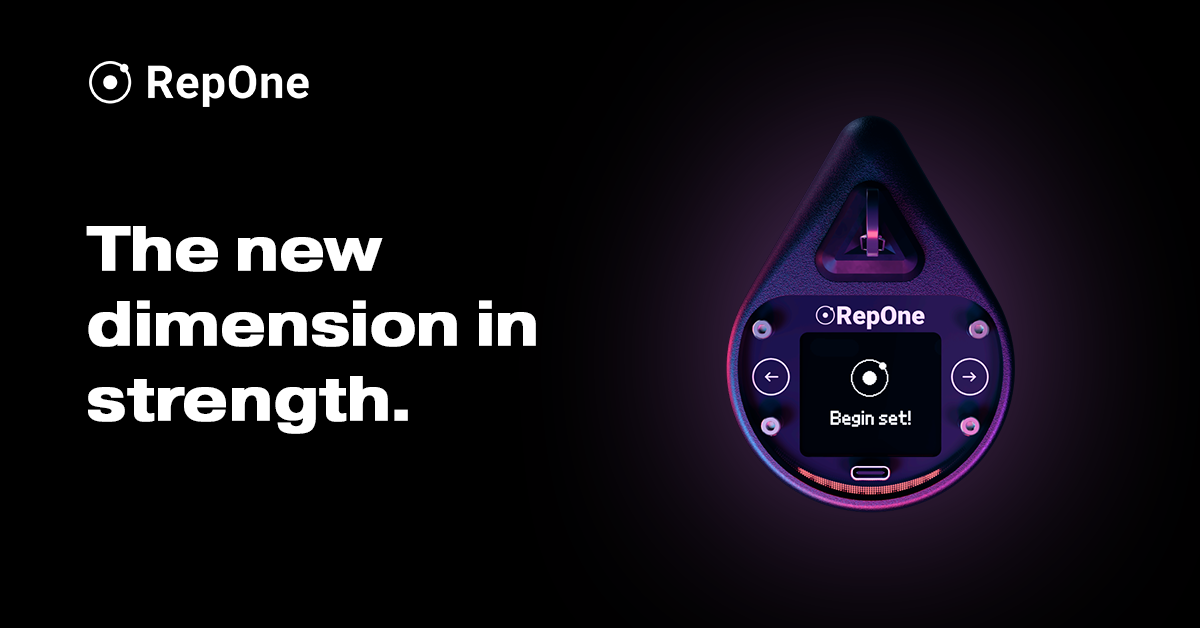My intentions with the tool is a little in house experiment on power/velocity of my and my athlete's swings with certain tweaks and adjustments.
I used to have a push band, and it was a great little device, which I definitely didn't use enough.
Push Band
The Push Band is an interesting tool for evaluating Power.
The Power Factor device that I have an used was limited to Barbell Training Movements.
As stated in my previous post, all it did was reinforce the Training Percentage of the Load that elicited that greatest response.
Speed Training Percentage Example
With Traditional Strength Training Movements, Speed is optimally developed with load load of 10-40%, with 30% usually the sweet spot.
My best Force Production reading with the Power Factor with Jump Squats was with Load of 27% of 1 Repetition Max.
Thus, all the Power Factor device did was reinforce the research on the optimal Percentage Training Load for Speed Trai ning and Development.
Having a Push Band would be a nice tool. However, I don't see the need for it, when I already know the answer to the Training Percentages need to increase Power or Speed. I'd rather use that money for another toy.
Similarities of Car Speedometer, Heart Rate Monitors and Push Band
These device initially provide great feed back.
Car Speedometer
It rovide you with information on how fast your are going.
A Speedometer provides what it feel like when you are going 60 mph and 30 mph. You also can distinguish between 60 vs 30 mph.
Heart Rate Monitors
This provides you information on where you heart rate is in an exercise program. You learn where your heart rate based on relating the feeing with the heart rate number. The feeling of a heart rate reading of let's say of 120 is different from one that is around 80.
Push Band
The same applies to the Push Band. With enough use, you know the feel of what Loading Percentages fall into Power and Speed Training Percentages. Secondly, you can visually identify it in others, as well.
As with a Car Speedometer, you learn to identify , metaphorically speaking, when your going 60 vs 30 mph.
Summary
These devices initially allow you to identify where you are in "The Zone" as well as visualize where someone else is in "The Zone" by how quickly they are moving the Percentage Load.
With that in mind, let me reiterate the "Power Training" and "Speed Training" Percentage Zones have already been identified.
Velocity Based Training
Dr Daniel Baker is one of the leading researchers in this area.
Baker is able to determine a 1 Repetition Max based on the Velocity in teh movement: Power Produced ( Seed X Strength) in a movement.
Powerliftng and Olympic Lifting Meets
Good lifters and coach, can evaluate the approximately 1 Repetition Max of a Lifter based on how quickly the weight ascends.
At one meet, a Novice Lifter I was helping with in the Deadlift lost his balance and took a step backward, disqualing that lift.
He wanted to take the same weight on his second attempt.
Instead I had him increase the second attempt 30 lbs.
His loss of balance in his first attempt was because it was too light, pulling it up so fast that he lost his balance.
Increasing his Deadlift 30 lbs, ensured that he was still able to maintain good power, without losing his balance.
The amout of force that he produced with his second attempt, provided a good estimate of what his final Deadlift attempt should be




